While Rome dazzles with its ancient ruins and bustling piazzas, I’ve discovered that Lazio’s true magic lies beyond the capital’s boundaries. The countryside of this central Italian region offers hidden treasures that most tourists never see – from charming villages perched on hilltops to pristine lakes nestled among rolling hills. Travelers who venture beyond Rome will discover archaeological wonders, spectacular natural landscapes, and authentic culinary experiences untouched by mass tourism.
Last summer, I spent two weeks exploring northern Lazio and was amazed by what I found. Lake Bracciano provided a peaceful retreat with its crystal-clear waters, while the Aurunci Mountains offered hiking trails with breathtaking views. The medieval towns scattered throughout the countryside felt like stepping back in time, with their narrow cobblestone streets and beautiful churches featuring ornate details like the stunning jubé in one village church.
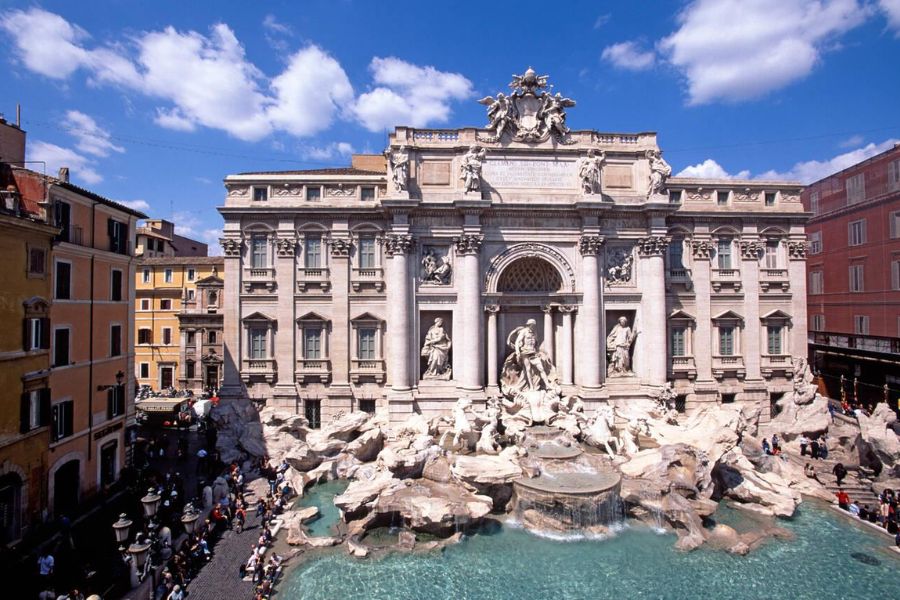
The region’s vineyards produce excellent wines that rival their more famous Tuscan neighbors, but at a fraction of the price and crowds. I found myself lingering in small family-run trattorias, savoring dishes made from recipes passed down through generations. From the Circeo National Park along the coast to the ancient Etruscan sites tucked away in forests, Lazio’s countryside offers something for every traveler willing to rent a car and explore beyond Rome’s city limits.
Discover the Enchanting Lazio Beyond Rome
Just a short journey from Rome’s bustling streets lies a world of hidden treasures in the Lazio countryside. These gems offer a perfect escape from city crowds while showcasing Italy’s authentic beauty and rich history.
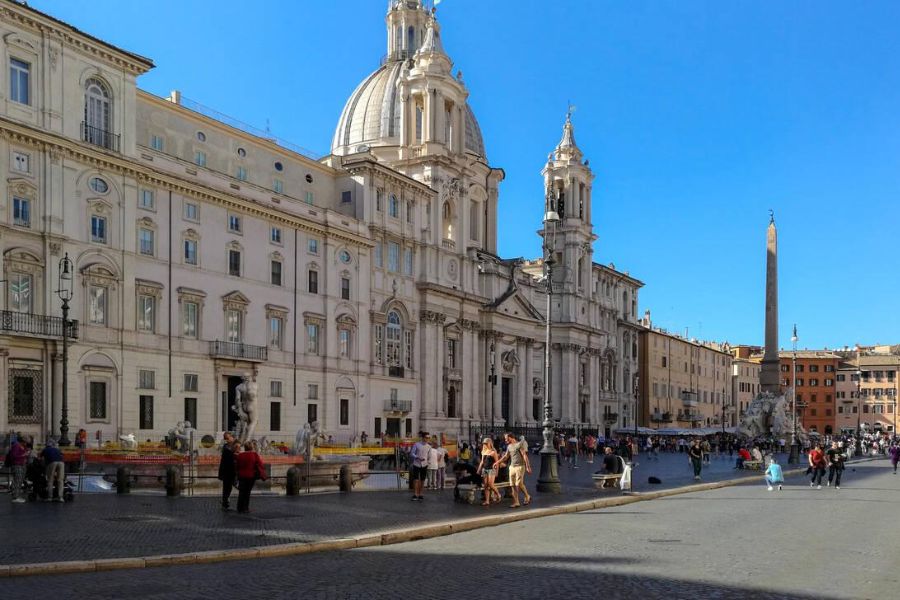
The Allure of Castelli Romani
The Castelli Romani area captured my heart immediately with its cluster of charming towns nestled in the Alban Hills. I found Pope’s summer residence in Castel Gandolfo absolutely breathtaking, with its gardens overlooking the pristine Lake Albano.
Frascati stole my attention with its renowned white wines. Local vineyards welcome visitors for tastings that pair perfectly with porchetta, the region’s famous roast pork.
When I explored Ariccia, I discovered it’s famous for traditional fraschette (rustic taverns) serving delicious local specialties. The town squares come alive on weekends with locals enjoying aperitivo under centuries-old trees.

The volcanic lakes of Albano and Nemi provide perfect spots for swimming in summer or peaceful walks in spring when wildflowers blanket the surrounding hills.
Panoramic Gems: Tivoli and Villa D’Este
Tivoli, just 20 miles east of Rome, offers some of the most spectacular views I’ve encountered in Lazio. The crowning jewel is Villa d’Este, a Renaissance masterpiece with terraced gardens and over 500 fountains that dance with water.

The gardens’ design impressed me with their perfect harmony of architecture and nature. The Avenue of a Hundred Fountains creates a magical corridor of water features that culminate in the oval Fountain of the Dragons.
Nearby sits Hadrian’s Villa (Villa Adriana), an ancient imperial complex spanning over 250 acres. I was amazed by how this UNESCO site preserves the grandeur of Roman architecture with its pools, baths, and temples.

For incredible views, I recommend climbing to Rocca Pia fortress. From there, you’ll see the entire valley spread before you like a Renaissance painting.
The Archeological Wonder of Ostia Antica
Just 30 minutes from Rome, I discovered Ostia Antica, Rome’s ancient harbor city that rivals Pompeii in preservation but sees far fewer tourists. Walking its ancient streets felt like stepping back 2,000 years.
The site features remarkably preserved:
- A theater still used for summer performances
- Ancient apartment buildings (insulae) up to five stories tall
- Intricate mosaic floors in the baths and shops
- Warehouses that once stored goods from across the empire
What struck me most was the Thermopolium, an ancient fast-food restaurant with its counter and food containers still visible. The nearby Baths of Neptune showcase stunning mosaics depicting the sea god.
Unlike Rome’s crowded ruins, here I could explore at my own pace, often having entire ancient buildings to myself. Spring visits are particularly magical when wildflowers grow among the ruins.
The Rich Tapestry of Lazio’s History and Architecture
Lazio’s countryside holds architectural treasures spanning thousands of years, from ancient Roman ruins to Renaissance palaces. The region’s historical significance extends far beyond Rome, with countless UNESCO World Heritage sites dotting the landscape.
Exploring the Roman Forum’s Legacy
When I ventured beyond Rome’s city limits, I discovered that the Roman Forum’s influence stretches throughout Lazio’s countryside. The ancient Romans didn’t just build in the capital—they created architectural marvels across the entire region.
In Ostia Antica, I walked through remarkably preserved streets and buildings that rival Pompeii but with fewer tourists. This ancient port city offers a glimpse into everyday Roman life with its intact theaters, bathhouses, and apartment buildings.

The Villa Adriana in Tivoli left me speechless. Emperor Hadrian’s countryside retreat spans over 300 acres with structures inspired by his travels. The Maritime Theater—a villa within a villa surrounded by water—shows the Romans’ architectural ingenuity.
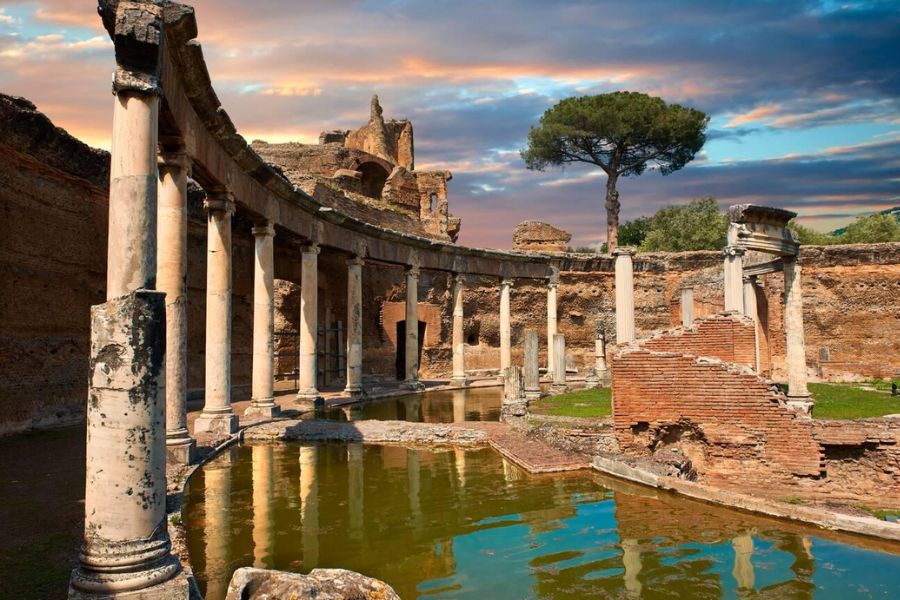
Many of these sites gained UNESCO recognition for their historical importance. Unlike Rome’s crowded attractions, these countryside treasures often let you explore in peaceful solitude.
The Renaissance Influence on Lazio
The Renaissance transformed Lazio’s countryside with elegant villas and meticulously designed gardens. Wealthy Roman families and cardinals built summer retreats to escape the city’s heat and showcase their power.
Villa d’Este in Tivoli stands as my favorite Renaissance masterpiece in Lazio. Its terraced gardens feature over 500 fountains, all powered by gravity alone. I spent hours wandering through the cypress-lined paths and admiring the intricate water features.
In Caprarola, the pentagon-shaped Palazzo Farnese demonstrates how Renaissance architects blended classical inspiration with innovation. Its spiral staircase and frescoed rooms showcase the period’s artistic excellence.
Renaissance churches dot Lazio’s small towns too. In Viterbo, I found beautiful examples with harmonious proportions and detailed artwork that rivals their more famous Roman counterparts.
What makes these Renaissance treasures special is experiencing them without fighting through crowds. I’ve often had entire rooms to myself, allowing me to truly appreciate the architectural details.
A Taste of Authenticity: Delving into Lazio’s Culinary Delights
Lazio’s cuisine tells a story of tradition, simplicity, and incredible flavor that extends far beyond Rome’s famous restaurants. The region transforms humble ingredients into dishes that have conquered the world, yet many of its best culinary treasures remain hidden in countryside trattorias.
Savoring the Flavors of Roman Cuisine
When I explore Lazio’s countryside, I’m always amazed by how the authentic versions of famous Roman dishes taste so different from their international counterparts. Cacio e Pepe, perhaps the simplest pasta dish imaginable, becomes transcendent when made properly with just three ingredients: pasta, pecorino cheese, and black pepper.
The perfect Carbonara is a revelation here – no cream in sight, just eggs, pecorino, guanciale (cured pork jowl), and black pepper. I’ve watched nonnas prepare it in tiny village kitchens, their hands working from muscle memory.
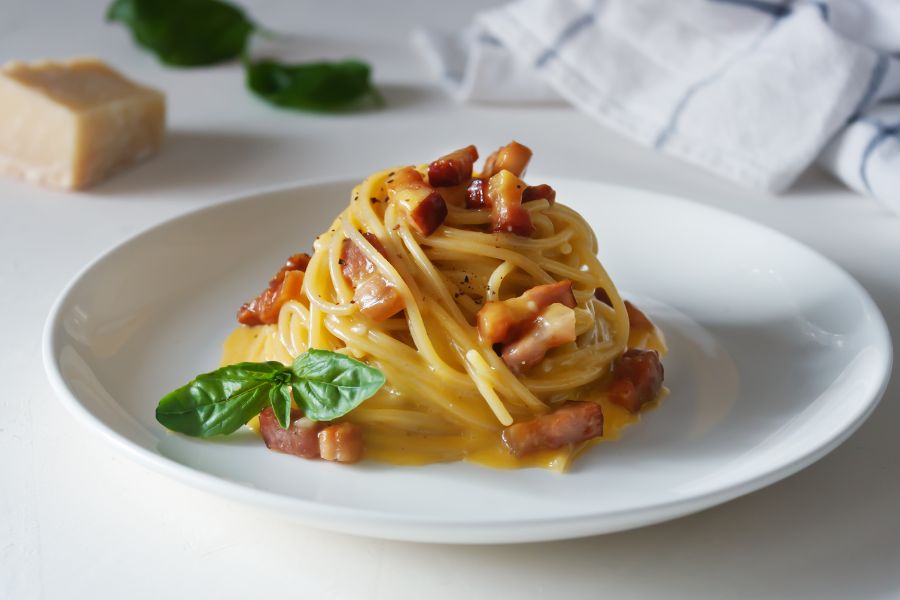
Homemade pasta is the foundation of many dishes. In small towns like Anagni and Sermoneta, I’ve seen women rolling out fresh fettuccine on wooden boards that have been in their families for generations.
Saltimbocca alla Romana (“jumps in the mouth”) lives up to its name in the countryside, where veal is often replaced with locally raised rabbit or chicken.
The Quest for the Best Local Markets
The vibrant markets of Lazio offer the freshest ingredients and a window into daily life. I start early at Castelli Romani’s weekend markets, where farmers bring produce harvested that morning.
Look for seasonal treasures like porcini mushrooms in fall, wild strawberries in spring, and the prized artichokes of Ladispoli in winter. These ingredients feature prominently in local dishes but rarely make it to restaurant menus outside the region.
The cheese stalls showcase pecorino romano at various aging stages. I’ve learned to ask for a taste of the youngest versions, which offer a creamy, less salty experience than the exported varieties.
Small producers often sell homemade preserves, cured meats, and wine directly from their farms. I always bring an empty bag for these treasures – especially the porchetta from Ariccia, slow-roasted pork that puts all other versions to shame.
The Spiritual Journey Through the Churches and Sanctuaries of Lazio
Lazio’s spiritual landscape extends far beyond the famous Vatican walls. The region is dotted with religious treasures that offer visitors both spiritual enrichment and artistic wonder, from the world-famous Vatican City to hidden countryside sanctuaries with centuries of history.
Vatican City’s Religious Grandeur
I always tell travelers that no spiritual journey through Lazio is complete without experiencing Vatican City’s magnificence. St. Peter’s Basilica stands as the crowning jewel, with its breathtaking dome designed by Michelangelo. The sheer scale of the basilica is humbling – it can hold 60,000 worshippers!
The Sistine Chapel left me speechless on my first visit. Michelangelo’s ceiling frescoes depicting scenes from Genesis are simply transcendent. I recommend visiting early morning to avoid the largest crowds.
The Vatican Museums house one of the world’s greatest art collections. Beyond the famous Raphael Rooms and ancient sculptures, look for the less-visited Gallery of Maps with its stunning 16th-century topographical paintings.

Hidden Ecclesiastical Gems Outside the Vatican
Venturing beyond Rome’s center, I discovered Lazio’s countryside is filled with spiritual treasures most tourists never see. The Abbey of Fossanova near Latina is a breathtaking example of early Gothic architecture where St. Thomas Aquinas spent his final days.
In Viterbo province, I wandered through the peaceful Sanctuary of the Madonna della Quercia, built around an oak tree where a miraculous image of Mary appeared in the 15th century.
Don’t miss the ancient churches of Tuscania with their remarkable Romanesque architecture. The basilicas of San Pietro and Santa Maria Maggiore feature intricate stone carvings that tell biblical stories through medieval art.
For a truly off-the-beaten-path experience, I recommend visiting the rock-hewn churches near Sutri. These fascinating sacred spaces were carved directly into the tuff stone centuries ago.
Lazio’s Secret Villages and the Art of Slow Travel
Venturing beyond Rome reveals a tapestry of hidden villages where time seems to stand still and authentic Italian life flourishes away from tourist crowds.
Charming Cobblestone Streets of Prati
I discovered Prati almost by accident during my third visit to Rome, and it quickly became my favorite neighborhood escape. Just across the Tiber from the Vatican, this elegant district offers a glimpse into authentic Roman life that most tourists miss.
Walking Prati’s cobblestone streets, I found locals shopping at family-run salumerias and sipping espresso at corner cafés untouched by tourism. The architecture here blends Belle Époque elegance with distinctly Italian charm.
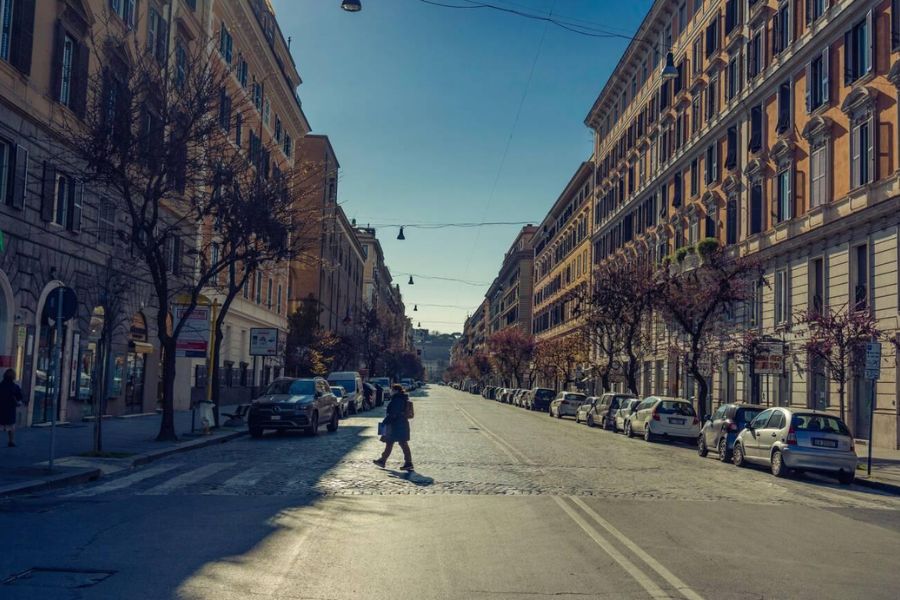
What I love most about Prati is how it invites slow travel. There’s no need to rush between attractions—instead, I spent mornings people-watching in Piazza Cavour and afternoons browsing boutiques along Cola di Rienzo.
The Unspoiled Beauty of Umbria and Abruzzo
Just beyond Lazio’s borders lie two regions perfect for day trips: Umbria and Abruzzo. These neighboring provinces offer landscapes and experiences that feel worlds away from Rome’s bustle.
In Umbria, I wandered through medieval hill towns like Orvieto. The town is home to a stunning UNESCO-listed cathedral with fascinating underground tunnels. The region’s vineyards produce excellent Sagrantino wines that rival their more famous Tuscan counterparts.

Abruzzo surprised me with its wild beauty. Nearly a third of the region is protected in national parks where I spotted wild horses roaming freely. The medieval village of Santo Stefano di Sessanio, with its stone archways and panoramic mountain views, transported me to another century.
Both regions embrace slow travel naturally. You’ll find unhurried meals that showcase local ingredients and traditions dating back generations.

